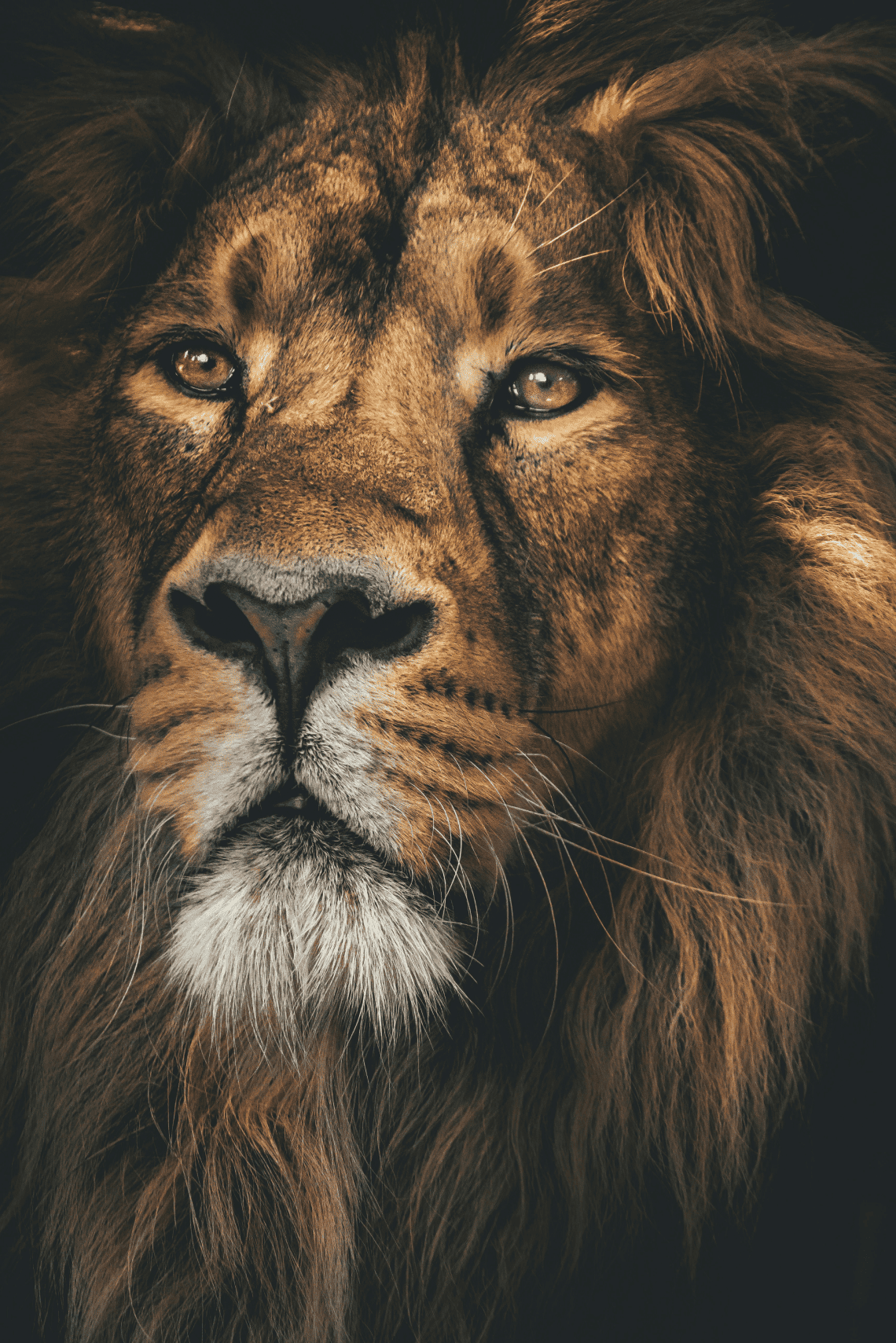-
Call Now: +913878958932
-
Email Now: [email protected]

The lion, often referred to as the "king of beasts," has been a symbol of power, courage, and royalty since ancient times. For millennia, lions have roamed vast territories, from the open savannas of Africa to the lush forests of Asia. Their regal mane, fierce roar, and commanding presence have made them one of the most iconic animals in history.
Lions are unique among big cats for their social structure. Living in prides, they demonstrate remarkable cooperation and teamwork, traits that have contributed to their dominance in the wild. Ancient ecosystems relied heavily on lions to maintain balance, as they preyed on large herbivores, preventing overgrazing and fostering biodiversity.
Throughout human history, lions have been revered and feared in equal measure. They feature prominently in mythology, religion, and art, symbolizing strength, protection, and leadership. Ancient civilizations, from Egypt to Mesopotamia, used lion imagery to represent divine power and authority, cementing their place in cultural heritage.
Despite their majestic legacy, lions today face a precarious future. Habitat destruction, poaching, and conflicts with humans have drastically reduced their numbers. Yet, efforts to protect these magnificent creatures remind us of their ancient roots and the vital role they play in the natural world.